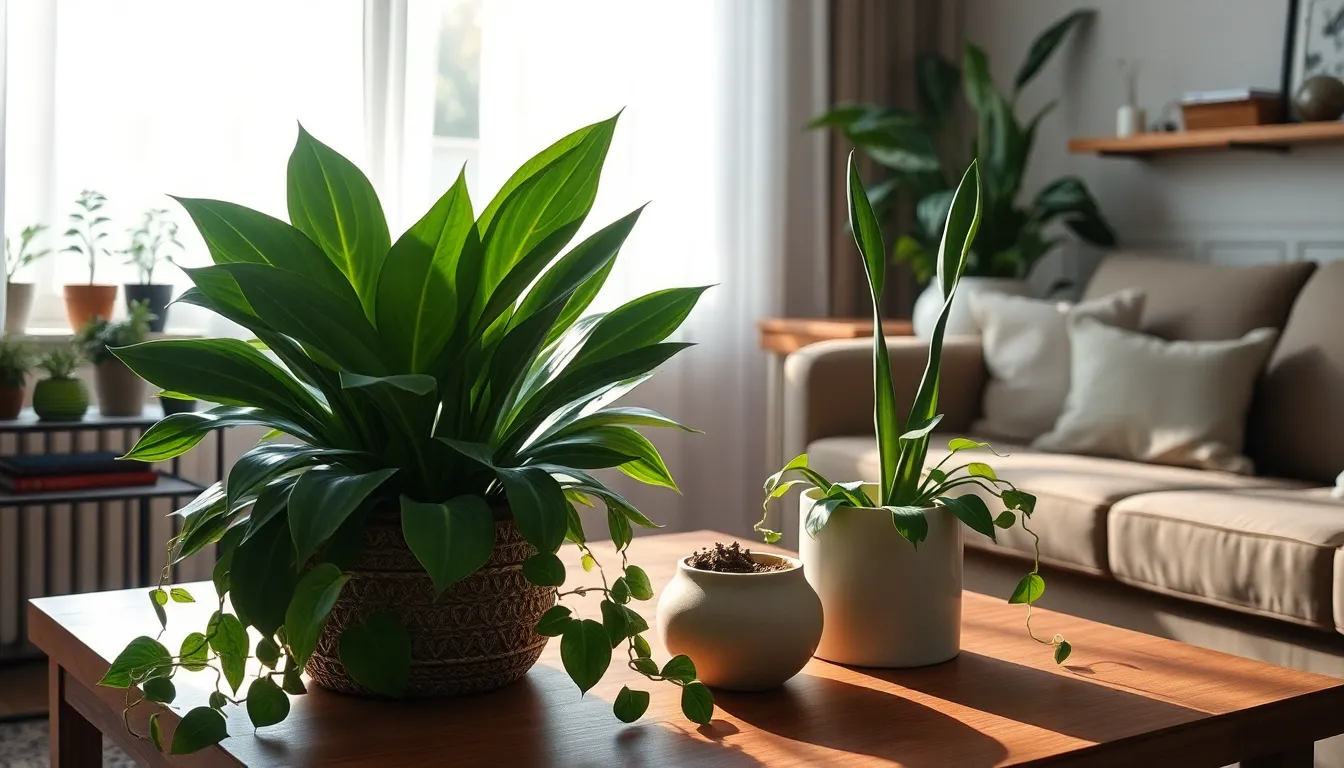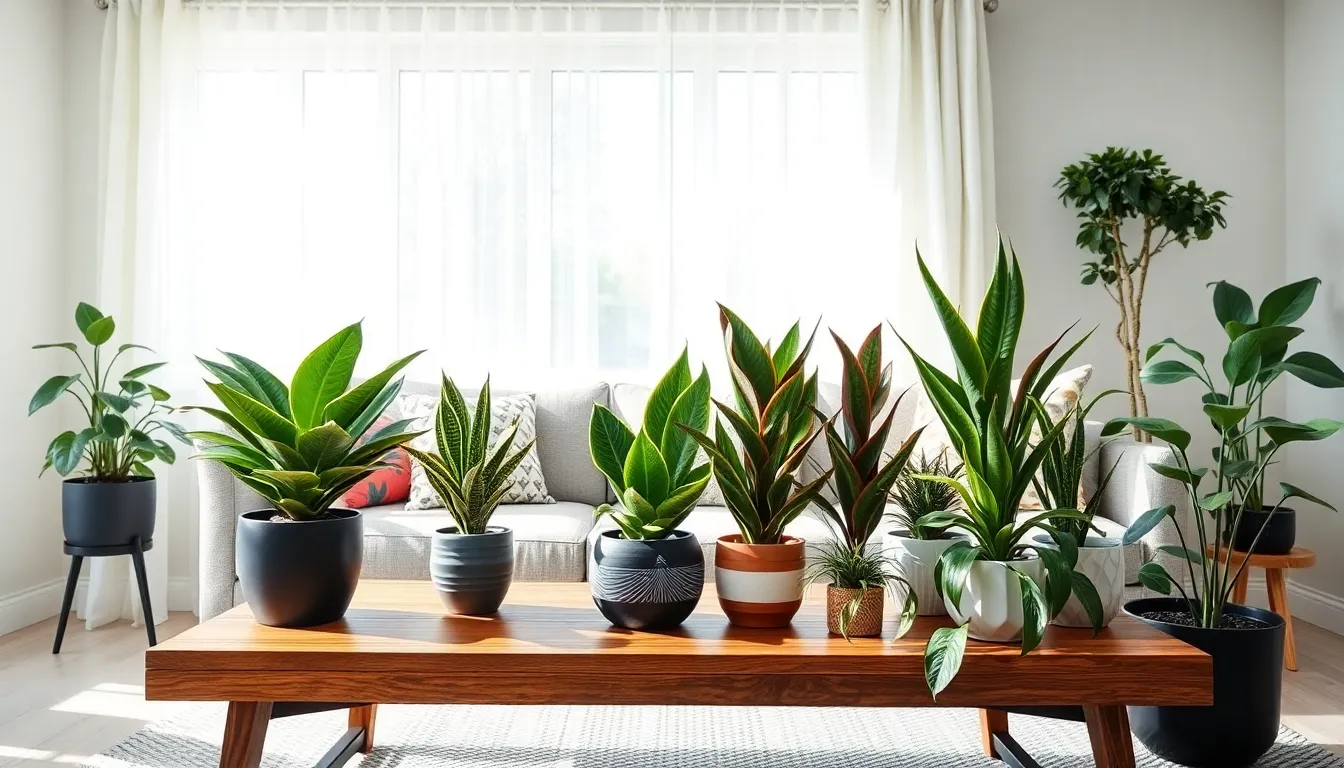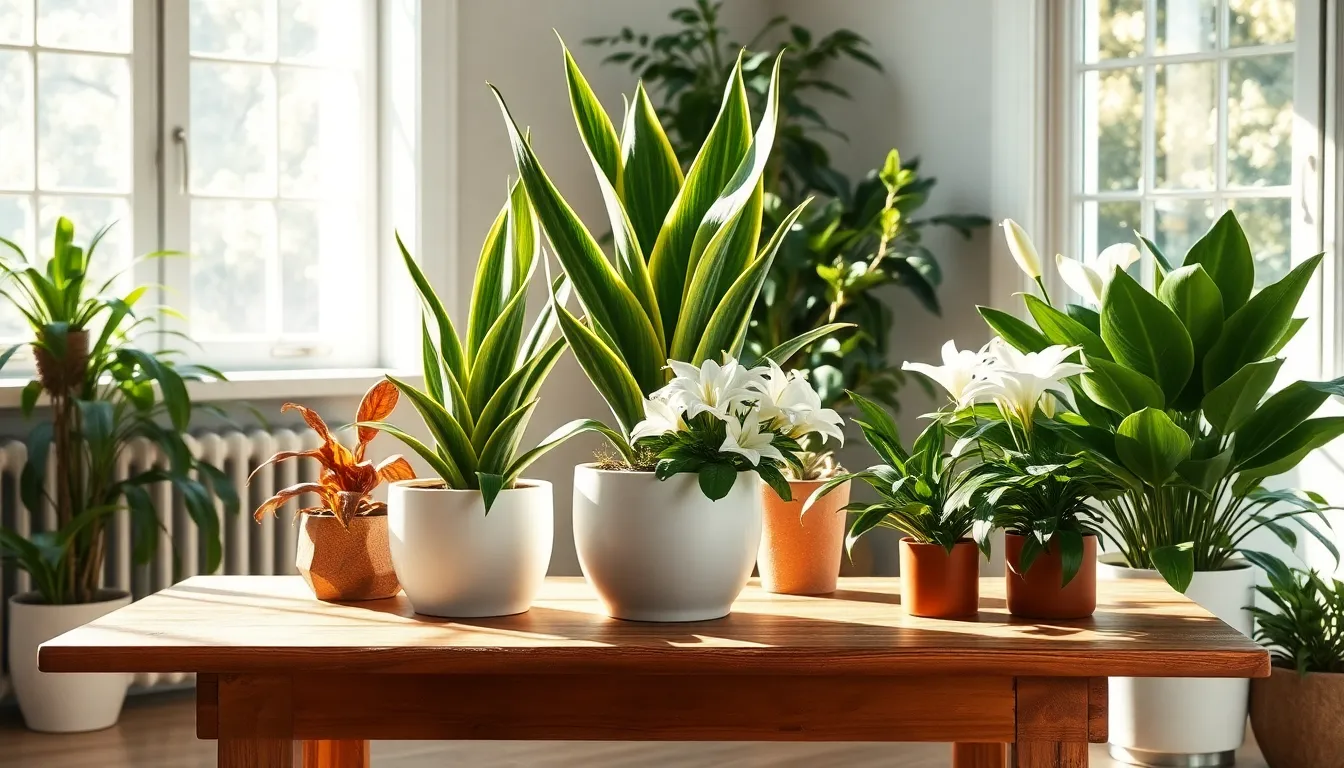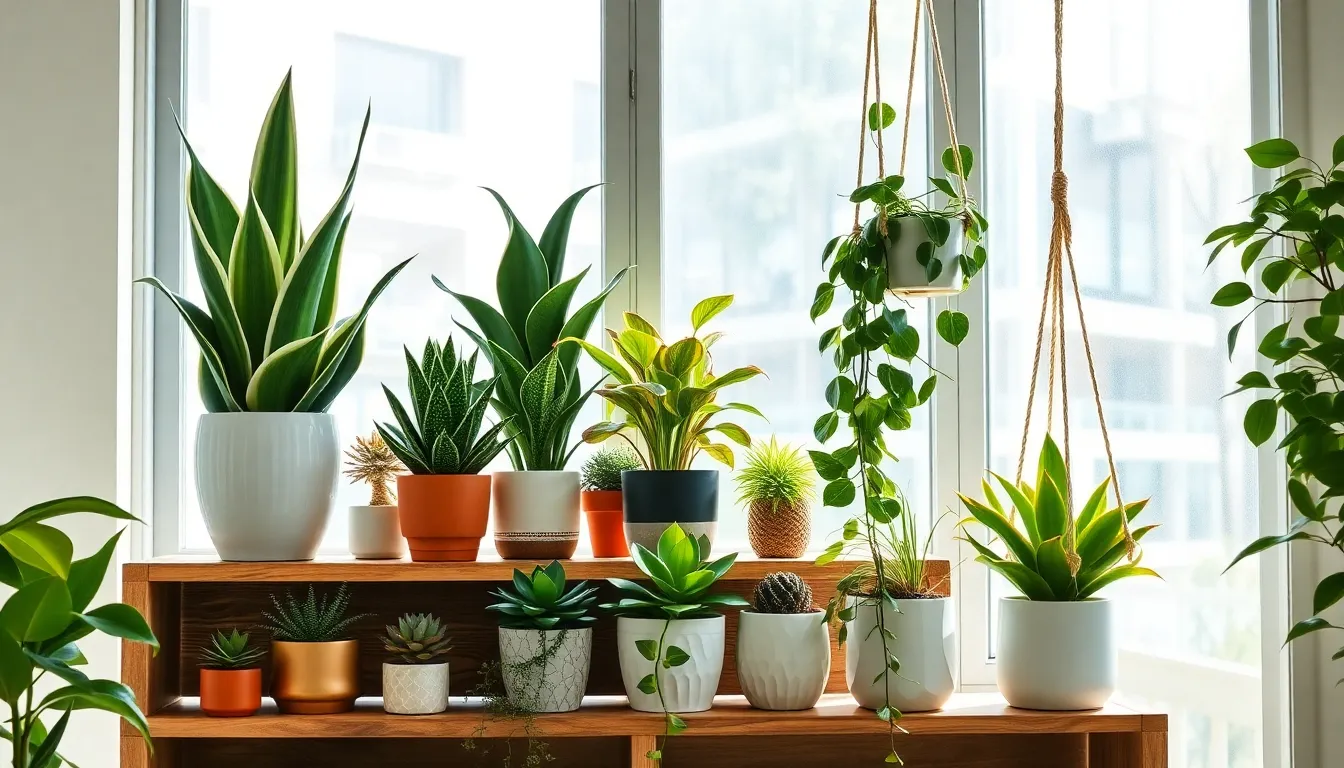Welcome to the lush world of low-light houseplants, where even the shadiest corners of your home can be transformed into thriving, green sanctuaries. Whether you’re just beginning your plant journey or you’ve already got a flourishing indoor forest, this guide is your ticket to discovering the joy and simplicity of filling your home with resilient, beautiful greenery.
In this guide, you’ll find a handpicked selection of houseplants that thrive in less-than-sunny conditions, making them perfect for every room and every gardener. These plants not only bring a touch of nature indoors but also purify the air and create a calming atmosphere, enhancing your well-being with minimal effort.
Get ready to cultivate confidence and success with plants that practically grow themselves, offering the perfect balance of beauty and low maintenance. As you explore these adaptable companions, you’ll gain practical tips and insights to ensure your indoor garden flourishes, no matter how much light your space receives.
Spider Plant (Chlorophytum comosum)
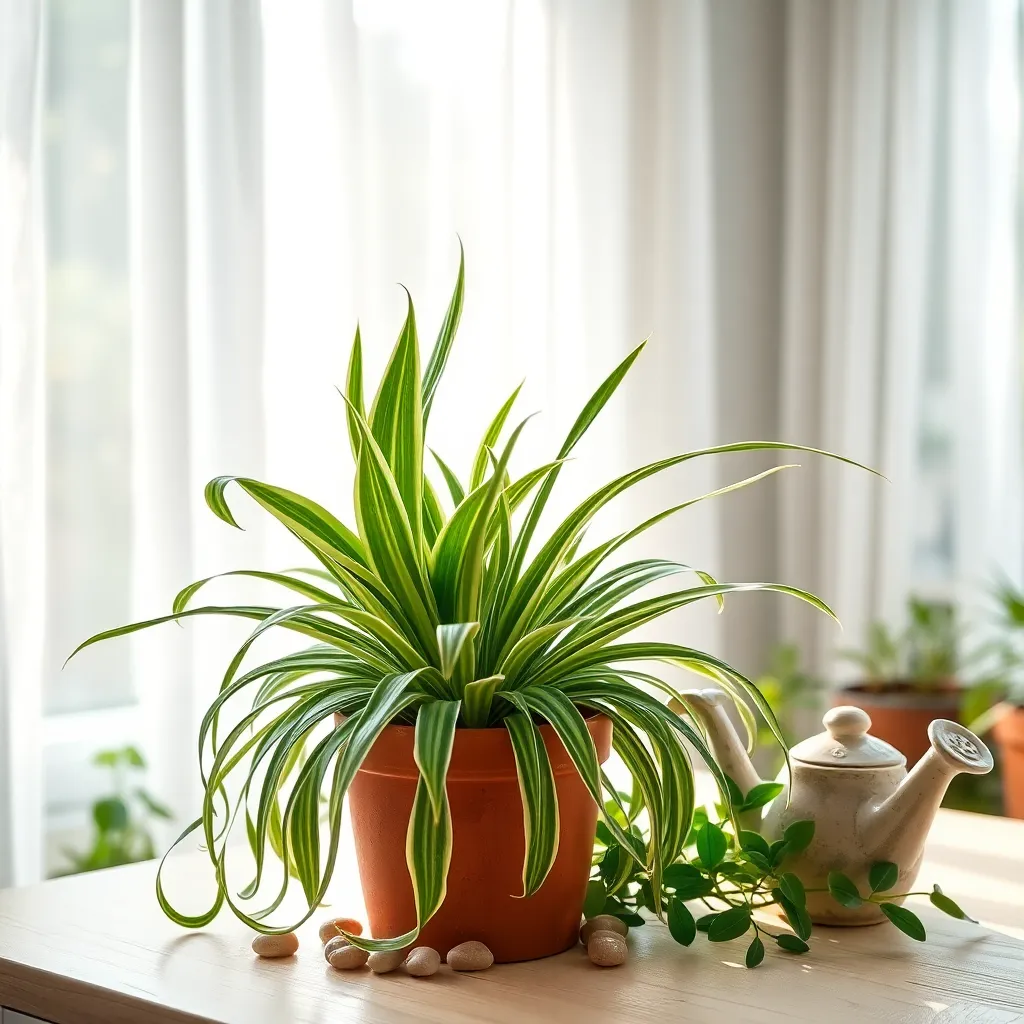
The spider plant (Chlorophytum comosum) is a fantastic choice for low-light environments, making it ideal for homes with limited sunlight. This plant thrives in indirect light but can also adapt to a range of lighting conditions, ensuring its survival even in less-than-ideal spots.
To keep your spider plant healthy, ensure you use a well-draining potting mix, such as a blend of peat and perlite. Watering is crucial; allow the soil to dry out slightly between waterings, as overwatering can lead to root rot.
Spider plants are known for their air-purifying qualities, making them a valuable addition to any indoor space. They tend to produce small white flowers and baby plantlets, or “spiderettes,” which can be easily propagated for new plants.
For advanced care, consider feeding your spider plant with a balanced liquid fertilizer once a month during the growing season. Pruning is straightforward; simply trim any brown tips or dead leaves to maintain its lush appearance.
Peace Lily (Spathiphyllum spp.)
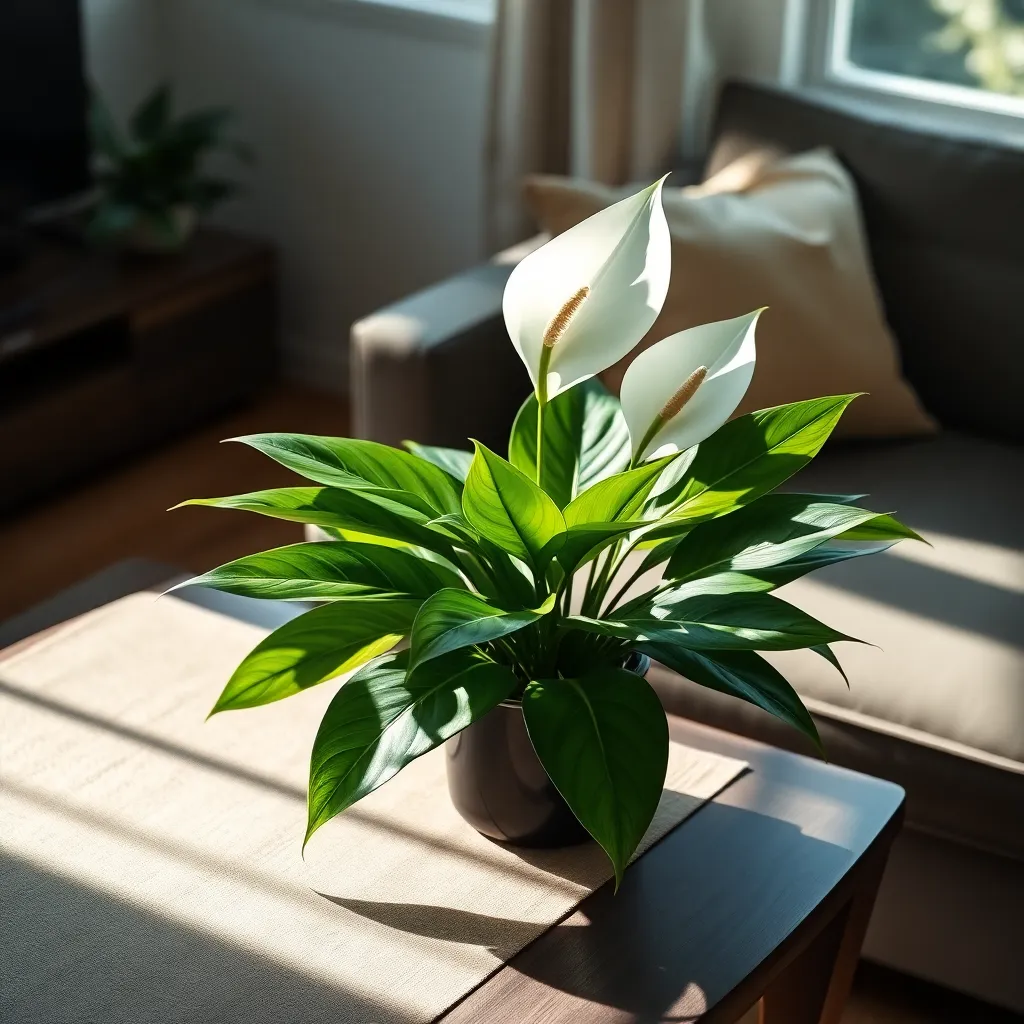
The Peace Lily (Spathiphyllum spp.) is a beloved choice for those seeking a low-light houseplant that brings a touch of elegance and simplicity to any room. Known for its lush, deep green foliage and striking white blooms, it thrives in environments with indirect sunlight.
To keep your Peace Lily healthy, ensure that the soil remains consistently moist but not waterlogged. A good practice is to water it when the top inch of soil feels dry to the touch, typically about once a week.
Proper soil composition is crucial for the plant’s success; use a well-draining potting mix, ideally one formulated for houseplants. You can enhance the soil’s drainage by adding perlite or orchid bark to the mix.
Avoid placing your Peace Lily near drafts or in temperatures below 60°F (15°C), as it prefers stable, warm environments. For those looking to boost humidity, especially in dry climates, consider grouping it with other plants or placing a small humidifier nearby.
Philodendron (Philodendron hederaceum)
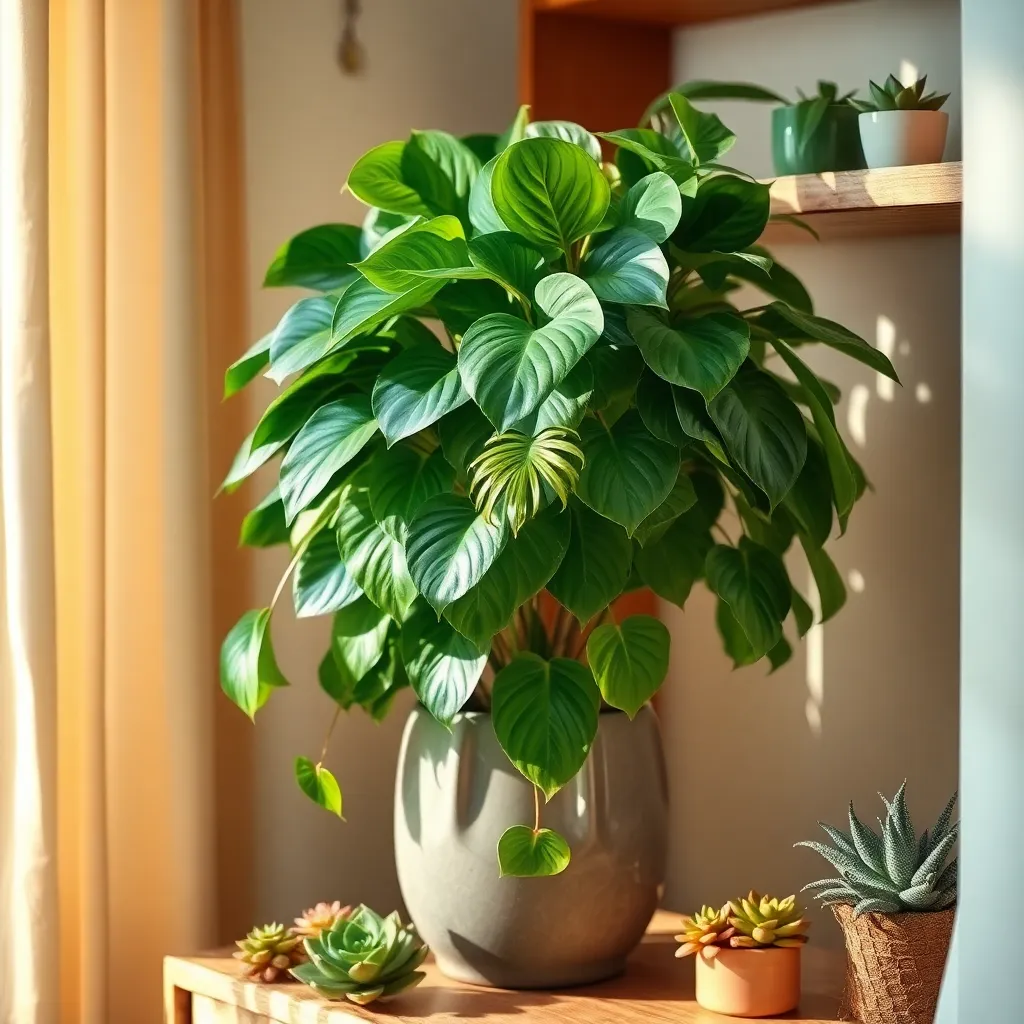
The Philodendron hederaceum, commonly known as the Heartleaf Philodendron, is an excellent choice for those seeking a low-maintenance, low-light houseplant. Its ability to thrive in indirect light makes it perfect for rooms with little natural sunlight, such as offices or north-facing spaces.
For optimal growth, place your Philodendron in a spot where it receives bright, indirect light, but it can adapt to lower light conditions if necessary. Ensure the soil is well-draining; a standard potting mix with added perlite works well to prevent root rot.
When it comes to watering, allow the top inch of soil to dry out between waterings to avoid overwatering, which is the most common issue with this plant. During the growing season, typically spring and summer, you may need to water more frequently, but always check soil moisture first.
Regular pruning helps maintain the plant’s shape and encourages bushier growth. If you’re looking to propagate your Philodendron, simply take cuttings with at least two nodes and root them in water or directly in soil for new plants.
Cast Iron Plant (Aspidistra elatior)
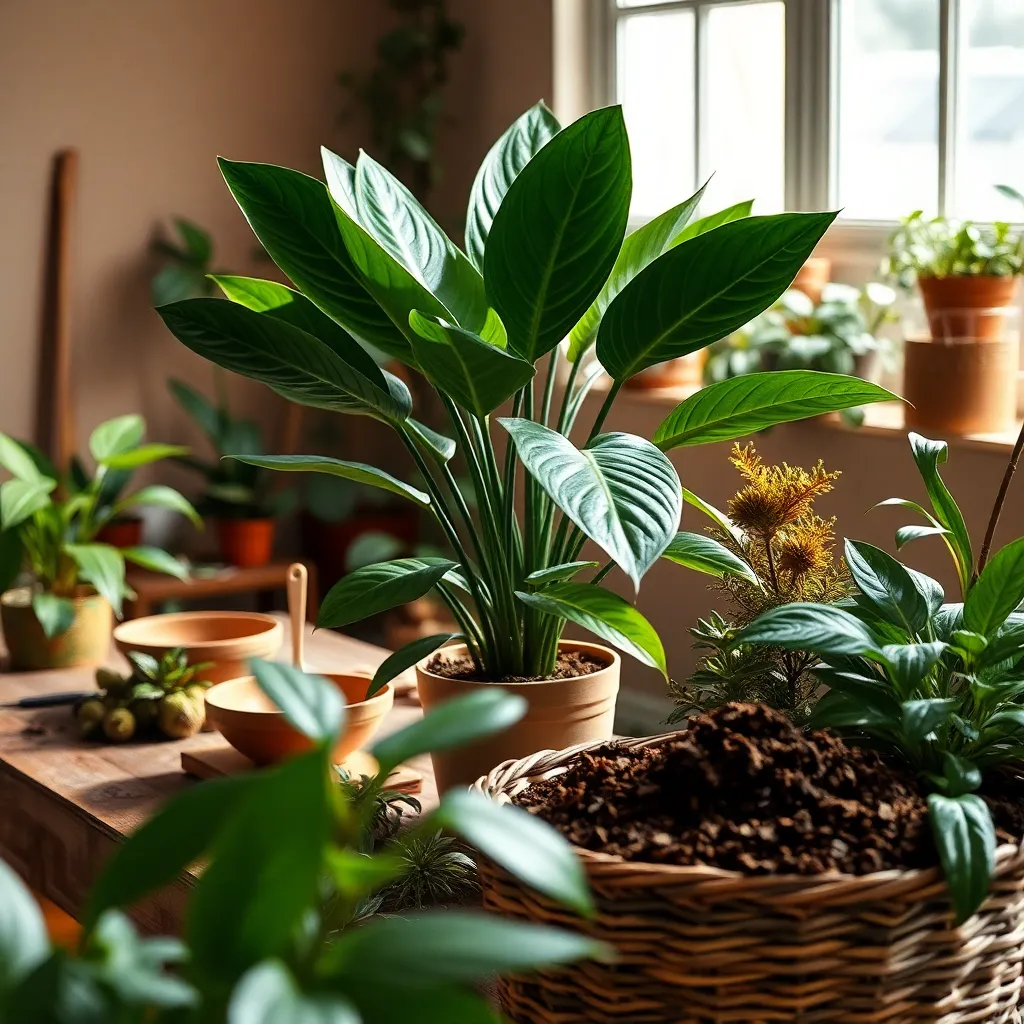
The Cast Iron Plant, or Aspidistra elatior, is a hardy houseplant that thrives in low-light conditions, making it perfect for dimly lit rooms. Known for its resilience, it can tolerate a fair amount of neglect, which makes it an ideal choice for beginners or busy individuals.
When it comes to watering, the Cast Iron Plant prefers to dry out between waterings, so you should water it sparingly. This means waiting until the top inch of soil feels dry before giving it a thorough soak, which prevents root rot.
For optimal growth, use a well-draining potting mix with a blend of peat, perlite, and sand to ensure proper aeration and drainage. This plant is not picky about humidity, but occasional misting can help keep its foliage looking lush and vibrant.
If you’re looking to fertilize, a balanced liquid fertilizer applied once a month during the growing season is sufficient. Advanced gardeners might consider pruning any damaged or yellowing leaves at the base to encourage new growth and maintain the plant’s overall health.
Chinese Evergreen (Aglaonema commutatum)
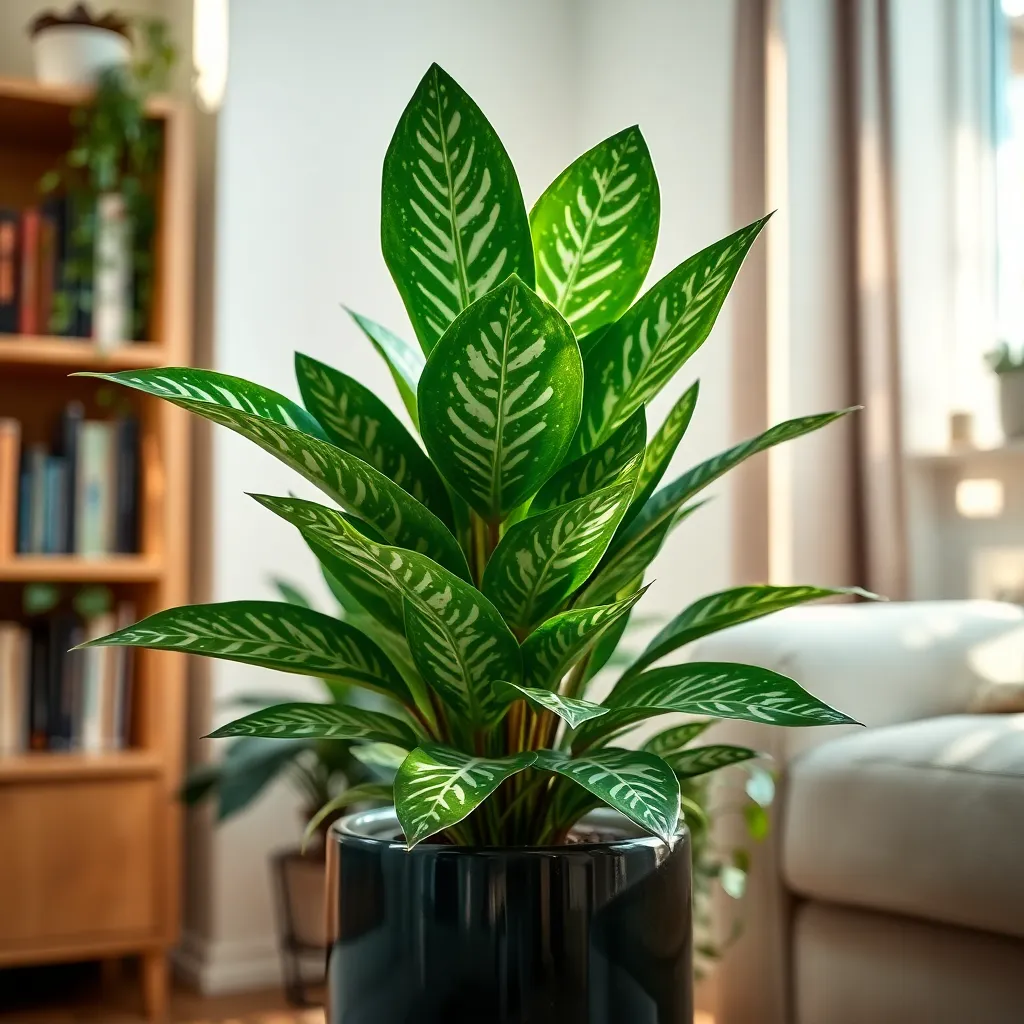
The Chinese Evergreen (Aglaonema commutatum) is a popular choice for those seeking a resilient and attractive houseplant. Known for its lush, variegated leaves, this plant thrives in low-light conditions, making it ideal for dim corners of your home.
Watering the Chinese Evergreen is straightforward; it prefers to dry out slightly between waterings. Aim to water your plant every 1-2 weeks, ensuring the top inch of soil is dry before the next watering to prevent root rot.
Soil composition is vital for the health of your Chinese Evergreen. Use a well-draining potting mix, such as a blend of peat, perlite, and sand, to keep the roots healthy and thriving.
For those looking to encourage a fuller appearance, occasional pruning can be beneficial. Trim back any leggy growth and remove yellowing leaves to promote new, robust foliage.
Conclusion: Growing Success with These Plants
As you’ve journeyed through our exploration of the best low-light houseplants for your home, we’ve uncovered five key concepts that can enrich your relationship with both your living space and your loved ones. First, the resilience of snake plants teaches us about endurance in relationships. Second, the adaptability of pothos reminds us of the importance of flexibility. Third, the calming presence of the peace lily inspires us to cultivate peace in our interactions. Fourth, the nurturing nature of the ZZ plant highlights the need for consistent care. Lastly, the vibrant energy of the spider plant encourages us to bring vibrancy into our connections.
Now, take the next step by choosing one plant to introduce into your home today, symbolizing a fresh start or a renewed commitment to nurturing your bonds. As you do, let this green companion remind you of the growth and harmony you strive for in your relationships.
Remember to bookmark this article; it’s a valuable resource for those moments when you need a gentle reminder of how nature’s lessons can enhance your personal connections. By embracing these insights, you’re setting the stage for a more vibrant and resilient relationship future. Let’s cultivate love and growth, one plant (and one relationship) at a time!

